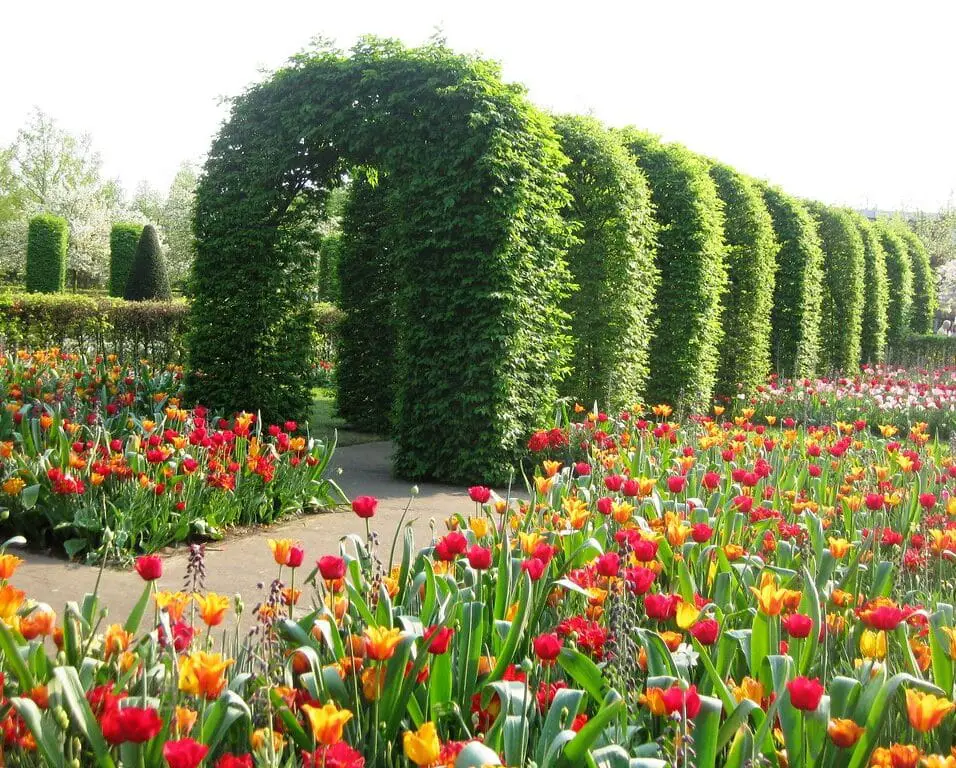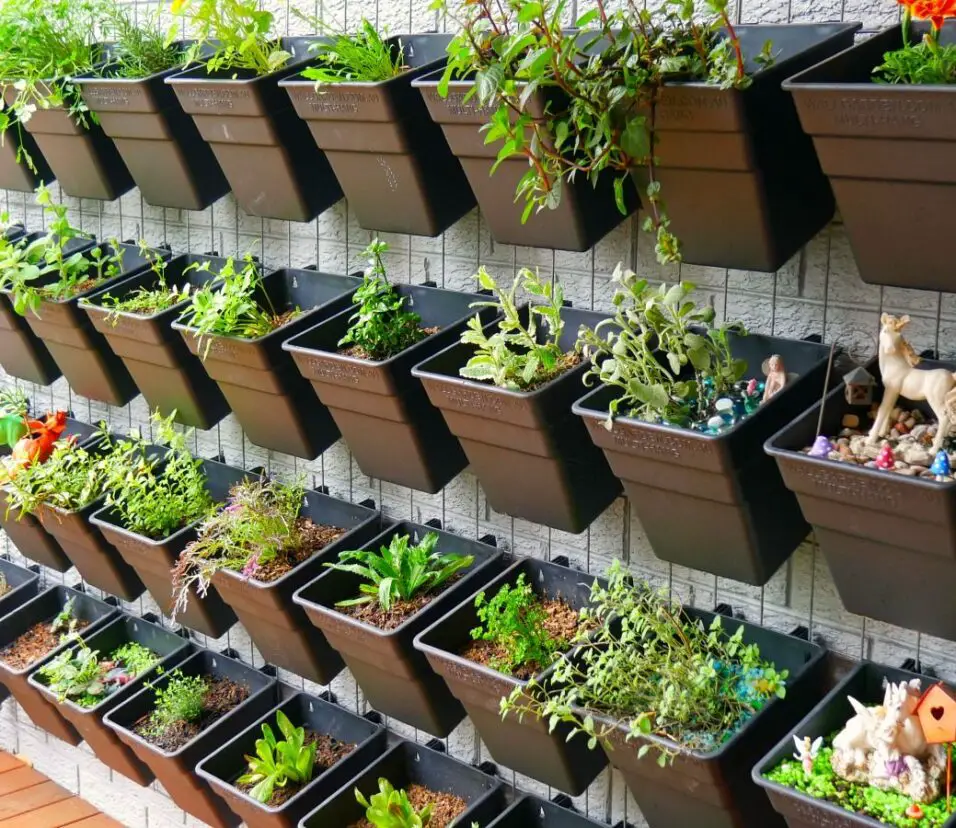What Does Bolt Mean In Gardening
Introduction
What Does Bolt Mean In Gardening: Gardening Meaning of Bolt A single term can affect one’s gardening success in the peaceful world. Gardeners and cultivators use “bolt,” a simple term, to impact plant growth and development. This mysterious occurrence occurs when a plant suddenly switches from vegetative to reproductive phase, accelerating blooming and seed production.
In gardening, “bolt” is crucial. It marks a major change in a plant’s life cycle, which might be good or bad. Bolting can be beneficial for crops grown for seeds or flowers, but it can be harmful for plants grown for foliage or edible components. Bolting is caused by environmental factors like temperature and daylight duration and genetic predispositions in some plant kinds.
This exploration into the concept of “bolt” in gardening tool delves into its diverse facets, encompassing its causes, implications, and management strategies. By delving into this botanical phenomenon, gardeners can equip themselves with the knowledge needed to anticipate, prevent, or harness bolting for their desired outcomes. Join us as we unearth the layers of meaning behind “bolt” and cultivate a deeper understanding of its role in the art and science of gardening.

What is plant bolt?
Bolting occurs when a crop prematurely sprouts flower stalks and seeds, impeding a good harvest. Bolting, often known as “running to seed” or “going to seed,” redirects energy from leaves and roots to seeds and a flowering stalk.
Plant bolting occurs when certain plants suddenly extend their stem and flower stalks, causing premature blooming and seed production. This is caused by genetics, environment, and hormones. When biennial or perennial plants enter reproductive growth, they bolt.
When day duration or temperature rises, the plant knows it’s time to reproduce. Gibberellins, which encourage stem elongation and flower buds, are produced by the plant. This activity is essential for the plant’s survival and reproduction, but bolting can reduce the quality and yield of edible leaves and roots.
Gardeners and farmers use bolt-resistant plant varieties, cautious planting timings, optimal growing conditions, and trimming to encourage lateral growth to manage plant bolting. Successful cultivation and agricultural yields depend on understanding plant bolting triggers and mechanisms.
What does bolt mean in horticulture?
Before harvesting, agricultural and horticultural crops bolt, producing a flowering stem (or stems) as a natural attempt to create seeds and reproduce.
The phrase “bolt” refers to the quick and frequently premature flowering and seed production of certain plants, especially those grown for their leaves or roots.
When plants bolt, they focus on creating tall stems and flower stalks instead of edible sections. This can lower leaf and root quality and flavor, rendering them unsuitable for ingestion. Increased day length, temperature thresholds, and stress from overcrowding or rapid temperature changes can promote bolting.
Bolting reduces the harvestable fraction of lettuce, spinach, and carrots, hence horticulturists and gardeners try to prevent it. Select bolt-resistant types, adjust planting times to minimize dramatic temperature fluctuations, and provide appropriate growing conditions to manage bolting. Successful horticulture requires understanding and preventing bolting to produce high-quality, edible crops.
Is bolting good or bad?
Bolting reduces leafy and root vegetable yields, which is undesirable for gardeners. It is good for seed producers because without seed, vegetable planting would be impossible.
Bolting can be good or detrimental depending on horticulture and growing goals. Bolting is sometimes necessary for plants to reproduce and produce seeds. Biennial and perennial plants that live numerous seasons need this. Bolting can help preserve biodiversity of plant species.
However, bolting is frequently considered undesirable for crops grown for their edible leaves, roots, or other non-flower portions. Bolting plants focus more on flowering and seed production, reducing harvestable quality, flavor, and nutritional value. Crop yield and market value may suffer. Horticulturists use variety selection, environmental management, and timely harvesting to prevent bolting and maximize production and quality.
Why do beetroot bolt?
Beets bolt in summertime or when it gets heated. Bolting occurs when a plant stops producing fruit and instead produces a flower and seed.
Beta vulgaris, or beetroot, bolts due to genetics, environment, and hormones. Beetroot bolts when it switches from vegetative to reproductive growth, resulting in rapid stem elongation, flower stalk development, and seed production.
Environment strongly influences bolting. Increased day duration and temperature changes can trigger the plant to reproduce. Overcrowding, temperature changes, and poor irrigation can also cause bolting. Stressors cause the plant to produce seeds as a survival tactic.
Genetics affect bolting susceptibility. Some beetroot types bolt more easily than others. Breeders develop beetroot varieties that bolt less under adverse conditions.
What are the primary triggers or environmental factors that lead to bolting in various plant species?
Bolting, a crucial plant life cycle event, is driven by a complex interaction of environmental and genetic factors. Gardeners who want healthy, productive plants must understand bolting’s complex causes.
Temperature changes are a major cause of bolting. Plants can switch from vegetative to reproductive growth when temperatures rise suddenly, especially in spring and fall. Also important is photoperiod, or day length. Certain plant species respond to longer days and more light by flowering and seeding.
Nutrition also matters. Poor or excessive nitrogen can accelerate plant development and cause premature flowering. Water stress from sporadic irrigation or dryness might imitate natural scarcity indicators, causing bolting. Additionally, plant genetics determine bolting susceptibility. Selectively bred features may affect environmental sensitivity.
Temperature variations, photoperiod changes, nutritional imbalances, water availability, and genetics all contribute to bolting in many plant species. Gardeners can use this knowledge to apply precise management tactics and maximize plant growth.
Can bolting be harnessed beneficially in gardening practices, and if so, how can it be managed effectively?
Indeed, bolting can be strategically harnessed to yield advantageous outcomes in gardening practices, provided gardeners employ effective management strategies. Bolting offers a pathway to propagate plants through seed production and can result in flavorful flowers or other valuable plant parts. To harness bolting beneficially, a nuanced approach is essential.
Selecting appropriate plant varieties is a pivotal step. Opt for cultivars that naturally bolt at a desired stage, aligning with your gardening goals. Additionally, precise timing plays a key role. By controlling factors such as temperature and photoperiod, gardeners can induce bolting when it aligns with their intended harvest or propagation timeline.
To manage bolting effectively, consistent monitoring is crucial. Regular observation enables timely interventions, such as harvesting flowers or seeds before they adversely impact plant quality. Adjusting cultural practices, including watering, fertilization, and pruning, can help strike a balance between encouraging reproductive growth and sustaining vegetative vigor.
Bolting, though often viewed as a challenge, can be harnessed advantageously in gardening. By choosing suitable plant varieties, manipulating environmental triggers, and practicing vigilant management, gardeners can wield the phenomenon of bolting to their advantage, enhancing both the aesthetic appeal and productive potential of their gardens.
What are the key differences in managing bolting for plants cultivated for their flowers or seeds, compared to those grown for foliage?
Managing bolting presents distinct considerations when dealing with plants cultivated for flowers or seeds compared to those grown for foliage. The differences lie in the intended purpose of the plants and the timing of bolting.
For plants grown primarily for their flowers or seeds, allowing bolting can be advantageous. Gardeners may encourage bolting by ensuring favorable conditions like extended daylight or specific temperature ranges, enhancing the yield of blossoms or seeds. The key is to carefully monitor the development of flowers or seed pods and harvest them at their peak to preserve their quality for consumption, propagation, or culinary purposes.
While both scenarios involve managing bolting, the approach differs based on the intended use of the plant parts. Careful manipulation and observation of environmental triggers can help gardeners achieve either abundant flowers and seeds or lush, foliage-centric growth.
Beyond its scientific implications, how does understanding bolting enhance a gardener’s ability to connect with and adapt to their garden’s needs?
Understanding bolting in gardening extends beyond the realm of science, profoundly impacting a gardener’s connection with their garden and their capacity to adapt to its evolving needs. This comprehension fosters a deeper appreciation of the intricate dance between nature’s rhythms and the gardener’s intentions.
By deciphering the triggers and nuances of bolting, gardeners become attuned to their garden’s unique language. They develop an intuitive awareness of the cues embedded in plant growth, anticipating shifts from vegetative to reproductive phases. This connection transcends a mere cultivation routine, transforming into a symbiotic relationship where the gardener responds to the garden’s signals.
Adaptability becomes a hallmark of such a relationship. They pivot from reactive to proactive approaches, seamlessly adjusting environmental conditions to optimize growth trajectories.
Moreover, understanding bolting nurtures a sense of stewardship. Gardeners become custodians of the delicate balance between fostering growth and conserving resources. This dynamic interplay enriches the gardening experience, infusing it with purpose and mindfulness.
Comprehending bolting transcends its scientific facets, fostering a profound connection between gardener and garden. This connection empowers the gardener to adapt, learn, and co-create with nature, resulting in thriving, harmonious landscapes that reflect the gardener’s attunement to the needs of their botanical companions.

Conclusion
In the verdant tapestry of gardening, the concept of “bolt” emerges as a captivating thread that weaves together the intricate relationship between plants, nature, and human cultivation. As we conclude our journey into the realm of bolting, we find ourselves armed with a newfound appreciation for the dynamic forces that shape the growth and development of our beloved green companions.
We’ve come to comprehend that vegetables bolting is not merely a botanical phenomenon, but a dance orchestrated by the interplay of genetics, environment, and human intention. Its significance extends beyond the surface-level transition from vegetative growth to reproduction; it symbolizes adaptation, resilience, and the intricate balance that sustains ecosystems. The gardener’s role in this narrative becomes one of careful observation, strategic intervention, and a harmonious collaboration with nature’s rhythms.
Our understanding of bolting equips us with the tools to embrace the unexpected, to adapt our plans according to the needs of our plants, and to harness the potential of bolting for our gardening goals. Whether it be coaxing herbs to flower for seeds or ensuring the tender greens remain succulent, our journey into the essence of “bolt” empowers us to nurture our gardens with finesse and finesse.








